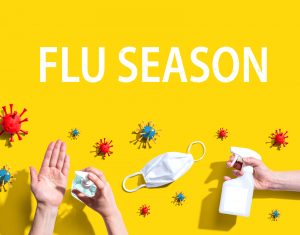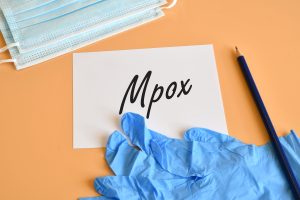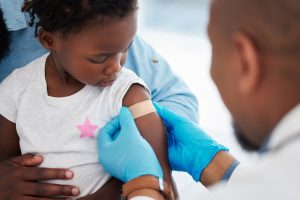Two bright young scientists from the National Health Laboratory Service’s (NHLS) National Institute for Communicable Diseases (NICD) have brought the world a step closer to a possible HIV vaccine.
Professor Lynn Morris, head of the NICD’s AIDS Research, and Dr Penny Moore, senior scientist in the NICD’s Centre for HIV and Sexually Transmitted Infections, were pivotal in the discovery that a weakness exists in the human immunodeficiency virus that enables certain people to produce potent antibodies which are able to kill up to 88% of strains of the virus from around the world.
The study, performed by the Centre for the Aids Programme of Research in South Africa (CAPRISA) consortium, which involves scientists from the NICD, University of the Witwatersrand, University of KwaZulu-Natal, University of Cape Town, University of North Carolina and Harvard University, was published in Nature Medicine.
The scientists have been studying how some HIV-infected people develop very powerful antibody responses, so-called broadly neutralising antibodies because they kill a wide range of HIVs from different parts of the world. This CAPRISA team discovered two rare KwaZulu-Natal women, one of whom participated in the CAPRISA 004 tenofovir gel study, who made these special antibodies.
Through follow-up studies on these two women, the team led by the NHLS-NICD’s Dr Moore and Professor Morris, discovered that a sugar (known as a glycan) on the surface protein coat of the virus to a specific position (referred to as position 332) forms a site of vulnerability in the virus and enables the body to mount a broadly neutralising antibody response. By analysing large datasets, the authors conclude that this observation made in two South African women is likely to have occurred in other infected individuals.
Dr Moore, a Wellcome Trust Fellow at the NICD, said: “Understanding this elaborate game of ‘cat and mouse’ between HIV and the immune response of the infected person has provided valuable insights into how broadly neutralising antibodies arise”.
Professor Morris explained: “We were surprised to find that the virus that caused infection in many cases did not have this antibody target on its outer covering. But over time, the virus was pressured by the body’s immune reaction to cover itself with the sugar that formed a point of vulnerability, and so allowed the development of antibodies that hit that weak spot”.
“Broadly neutralising antibodies are considered to be the key to making an AIDS vaccine. The world needs an AIDS vaccine to overcome the global scourge of AIDS,” said Professor Salim Abdool Karim, Director of CAPRISA and President of the Medical Research Council, in his comments on the significance of the finding.
While the existence of broadly neutralising antibodies to HIV were described in the first decade of HIV research, highly potent versions were only isolated three years ago and there has been frenetic activity in this area. Until now, it was not known how the human body is able to make broadly neutralising antibodies. This study discovered one mechanism by which these antibodies may be made. To make this discovery, the research team studied the target of some of these antibodies, a sugar that coats the surface protein of HIV, forming a site of vulnerability. By tracing back the evolution of the HIV that elicited these antibodies, this team showed that this particular weak point was absent from the virus that first infected these women. However, under constant pressure from other less powerful antibodies that develop in all infected people, their HIV was forced to expose this vulnerability over time. This allowed the broadly neutralising antibodies to develop.
The CAPRISA consortium, which brings together several of South Africa’s leading laboratory researchers in AIDS with partners in the USA, has been working on this study intensively for the last two years. This research was funded by the NHLS, the South African government’s Department of Science and Technology (through its Technology Innovation Agency), the US National Institutes for Health (through the NIAID-funded Centre for HIV/AIDS Vaccine Immunology) and the Bill & Melinda Gates Foundation (through its Collaboration for AIDS Vaccine Discovery). Fellowships from the Fogarty International Center and the Wellcome Trust played a key role in enabling this research.




